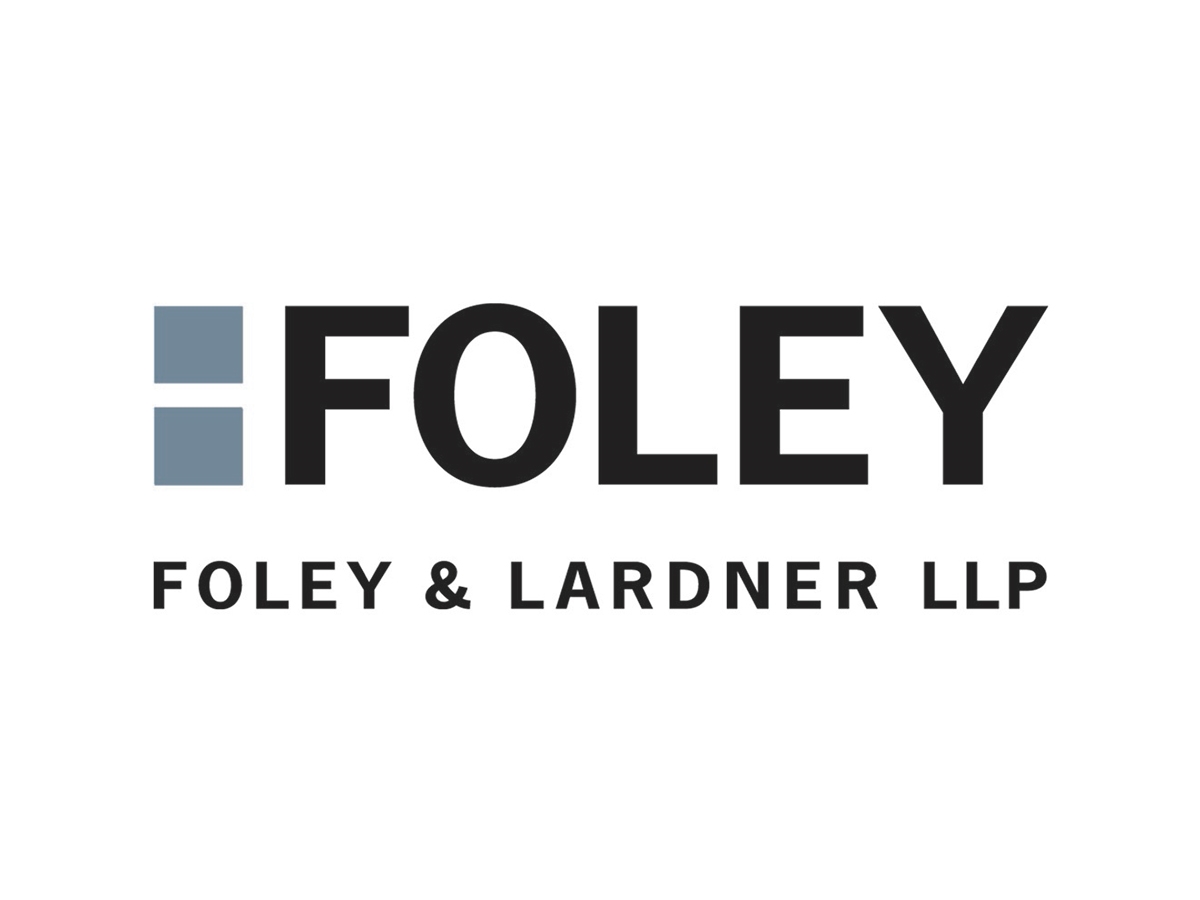Understanding IP Matters: Making Innovation Pay: IP Heads on ROI
What are ways of making money from patents without suing for patent infringement? In the not-so-distant past, technology companies like Microsoft and IBM signed hundreds of mutually beneficial licensing agreements with a wide range of businesses without resorting to lawsuits. Today, we are more likely to read about tech companies suing one another for patent infringement than negotiating win-win deals. What happened, and how are innovators being affected?
To unpack the myriad reasons why the market for patent licensing is weaker today — including internet culture and the unwillingness to pay for intangibles, the 2011 America Invents Act, Supreme Court case law, the consolidation of the tech industry, and the nature of software innovation itself — Bruce Berman sits down with two of the people who know best. Episode 2 of Season 3 of his podcast, Understanding IP Matters, looks at the challenges generating return on investment (ROI) on patents and ways to overcome them.
Louis Carbonneau is the former general manager of IP licensing at Microsoft. Today, he works with patent sellers and patent buyers as founder of patent brokerage firm Tangible IP. He is a venture partner and strategic advisor to Cycle Capital Management as well as an inventor himself.
William LaFontaine recently retired from IBM after a 33-year career, serving most recently as general manager of IP and vice president for research, business, and development. He and his team worked with research business units and clients to accelerate market introduction of new technologies, including AI, quantum computing, and healthcare.
In 2020, after nearly 30 years in the top spot, IBM gave up its goal of being granted annually the most U.S. patents of any company to focus on quality instead. Big Blue’s year-over-year patent count is down some 40 percent but it is still active finding ways to monetize those it has.
Key Responses
Out-licensing is one way of generating a return from IP. What are some of the other ways to generate a return on patents?
Bill LaFontaine: “From an IBM perspective, the patents are the core of the revenue stream. They infuse everything you do….
And then there’s the whole question of joint development or joint research engagements. This is where you bring some technology and someone else brings some technology, and you mutually work together for one of the two or both of you to optimize.
In semiconductors, we partner with companies in Albany, New York, in a research center there. It’s what we do with the state of New York. Having a pilot line there solves multiple problems for us. It’s a question of, how do we accelerate innovation, because we want the leading edge for our big machines. And two, the cost of development is wicked high. Why should we not share that? Three is, for many of the people we partner with, they have a different business model than us. So, there’s no conflict in how the IP gets deployed.
Sometimes, we’re going to do something to accelerate a product offering of ours and work with somebody else to go test it. Or, it’s one plus one equals three, and someone else will take it to market, and we might get a royalty on their success.
[Building these open innovation partnerships] sounds easy to do, but is much more difficult in practice to execute. We’ve been at it for many decades. It takes set of skills and and relationships that are hard to replicate, but once you do them, it’s another bite of the apple.”
Without violating any confidences, who are the patent sellers and buyers these days and what are they looking for?
Louis Carbonneau: “Buyers are looking for the perfect patent and sellers are looking for the perfect buyers and they rarely meet in the middle. They are like ships passing each other at night, because there’s no such thing as a perfect patent.
As I alluded before, because of the legal environment having deteriorated when it comes to patent rights, it’s fairly hard nowadays to find a patent that you can guarantee will be deemed valid after being challenged and will be deemed infringed after you basically went through the gauntlet of challenges that are available to defendants, whether it’s the PTAB or in court where you litigate it….
You don’t have a lot of operating companies that are interested in buying patents. I would say, if I look at our own transactions for the last two, three years, probably 80 to 90 percent of our buyers are non-practicing entities and they’re essentially buying the assertion value of the portfolio.”
More Highlights
Listen to the entire episode to learn how the landscape for patent licensing has changed; more strategies for generating revenue from patents; and how weaker patent rights are likely to affect the development of future technologies, including AI.
“Licensing is here to stay, because at some point, you cannot use everything you create, so you have to let go of your excess inventory. You cannot create everything you need, so you have to import and license in. That’s just nature. It’s a basis of commerce. Two fishing villages, you know, 10,000 years ago — it was the same thing.” — Louis Carbonneau






